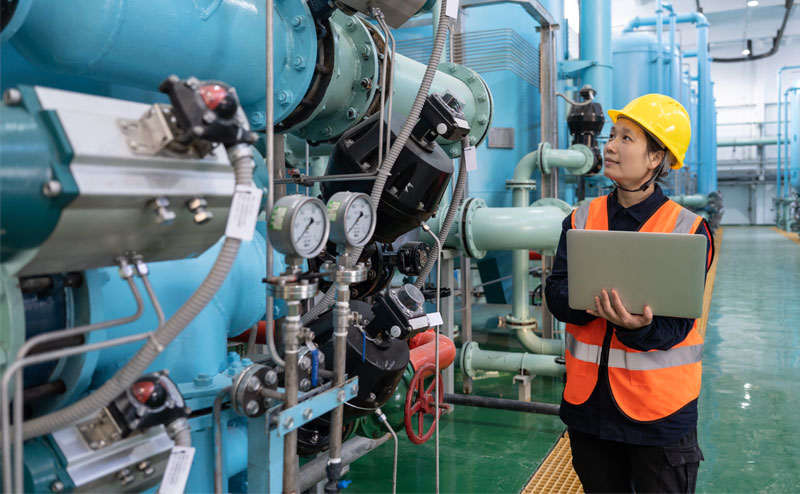All about condition-based maintenance
Food processing plants typically run their equipment for 16 to 20 hours a day, yet a Forbes report claims that manufacturers face an average of 15 hours downtime per week. This translates into increased operation costs and disruptions in the supply chain, causing delays in deliveries. In this post, we explain how the role of condition-based maintenance (CBM) can help maintenance engineers recognise gross defects before catastrophe strikes.
CBM is a strategy that monitors the actual condition of an asset to decide what maintenance needs to be done. Using sensors, this strategy dictates that maintenance should only be performed when specific indicators show decreasing performance or upcoming failure.
Checking a machine for these indicators include non-invasive measurements, visual inspection, performance data and scheduled tests. Condition data can then be gathered at specific intervals or continuously, as is done when a machine has internal sensors.
Simply put, the primary goal of CBM is to optimise equipment maintenance practices by monitoring real-time data and responding to the actual condition of assets. It aims to prevent unplanned downtime, reduce maintenance costs and extend equipment lifespan by conducting maintenance activities only when necessary.
Better than predictive maintenance?
Although similar, CBM differs from predictive maintenance in its approach. Yes, both strategies involve real-time data and analytics, but CBM is a broader concept that covers various maintenance strategies driven by equipment condition.

Predictive maintenance, on the other hand, specifically relies on data analysis and machine learning to predict when equipment failures are likely to occur. As the name suggests, this method focuses on predicting when equipment failures might occur, with the aim to pre-emptively address issues.
That’s not to say that CBM can’t include predictive maintenance as one of its components. However, it encompasses other techniques, such as preventive and corrective maintenance, based on observed conditions.
Therefore, the question food maintenance engineers should ask is, what strategy best suits your requirements? For instance, CBM is suitable for equipment impacted by variations in operating conditions, like temperature, pressure or flow rates, as continuous monitoring ensures consistent product quality.
Whereas predictive maintenance is valuable for predicting failures in equipment critical to maintaining specific processing conditions, like heat exchangers or refrigeration systems.
CBM for food safety
Food safety problems can have many root causes. A significant number of incidents reported to the Rapid Alert System for Food and Feed (RASFF), which is established by the European Union to ensure a high level of food safety and protect public health, are caused by contaminations with extraneous material.
Such material includes metal pieces coming from broken equipment, grease or detergent remnants. In fact, heavy metals represented the fourth most often notified hazard category in the RASFF from 1980 to 2016.

Contamination is arguably the biggest risk to any food and beverage manufacturing firm. As a result, these companies should be looking at new technologies, like IoT sensors, to ensure food safety as well as improving overall equipment effectiveness.
Monitoring the condition of bearings and metal detection equipment that impact food safety eliminates the risk of metal parts ending up in the food. As mentioned above, an advanced and very welcome development is the use of sensors, which trigger timely cleaning to avoid contamination risks.
Calling upon the support of parts suppliers, like Foxmere, food manufacturers can source these sensors in their journey in making CBM, or predictive maintenance for that matter, a reality.
These tools allow you to identify where the choke points are in your food and beverage production lines proactively, rather than reactively. As, after all, these efforts are geared towards helping maintenance engineers recognise gross defects before a catastrophe, like contamination, strikes.
To ensure that your business is amongst those thriving, contact us today for a no-obligation quote on automation equipment ranging from replacement or obsolete parts to complete robotic systems.


